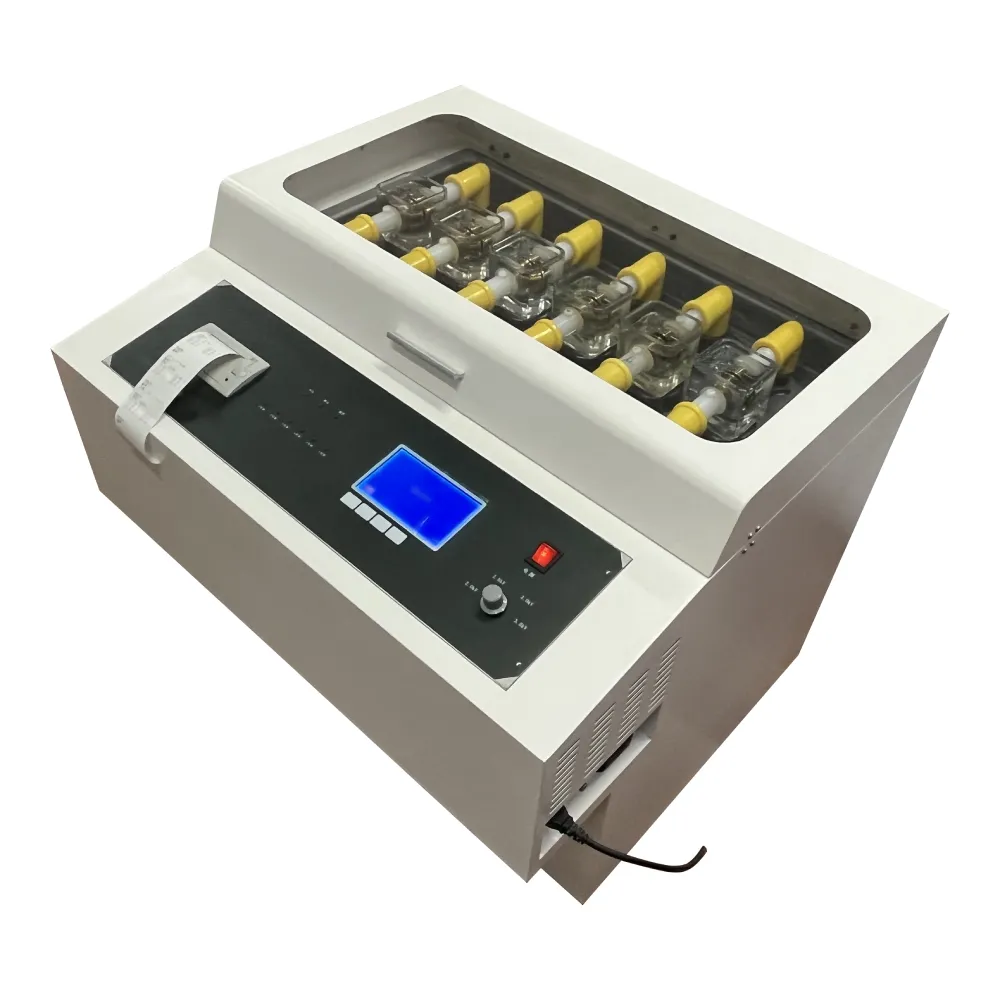 English
English


Evaluating the PPM Levels of Transformer Oil for Electrical Insulation Quality Assessment
Understanding Transformer Oil PPM Testing Importance and Methodology
Transformer oil, a critical component in electrical transformers, serves multiple purposes, including cooling and insulating the transformer components. One of the key performance indicators for transformer oil is the level of impurities present within it, often measured in parts per million (PPM). The PPM testing of transformer oil is essential for ensuring operational efficiency, reliability, and longevity of transformers. This article explores the significance of transformer oil PPM testing and the methodologies employed for effective evaluation.
The Importance of PPM Testing
Electrical transformers operate under high voltages and temperatures, making them susceptible to various forms of degradation, including contamination. Contaminants in transformer oil can stem from several sources, such as moisture ingress, particle contamination, and the degradation of insulating materials. These impurities can adversely affect the dielectric strength of the oil, leading to a higher risk of electrical breakdown and transformer failure.
By conducting regular PPM testing, utilities and maintenance teams can identify the presence and concentration of contaminants, enabling proactive measures to maintain the oil's quality. The implications of neglecting PPM testing can be severe, leading to increased operational costs, unscheduled outages, and potentially catastrophic failures that can compromise the entire electrical grid. Moreover, environmental regulations often necessitate the monitoring of oil quality to prevent leakage and pollution.
Methodologies of PPM Testing
Testing for contaminants in transformer oil can be performed through various sophisticated techniques
. Some of the most common methodologies includetransformer oil ppm test

1. Gravimetric Analysis This traditional method involves collecting a known volume of transformer oil and using a centrifuge to separate the contaminants from the oil. The weight of the contaminants is then measured to determine the concentration in PPM.
2. Spectroscopic Methods Infrared spectroscopy and other spectroscopic techniques can provide detailed insights into the chemical composition of the transformer oil. These methods can detect specific impurities and quantify them with high precision.
3. Chromatography Gas chromatography and liquid chromatography are also widely used for detailed analysis. These methods can separate components within the oil and identify specific contaminants, making it easier to assess their concentrations accurately.
4. Conductivity Testing The conductivity of transformer oil is directly related to the presence of ionic contaminants. By measuring conductivity, technicians can gain indirect insights into the level of contaminants in the oil.
5. Dielectric Strength Testing While primarily a measure of the oil’s insulating capabilities, changes in dielectric strength can also indicate contamination levels. A drop in dielectric strength can suggest that the oil is no longer capable of effectively insulating, prompting further investigation into contaminant levels.
Conclusion
Transformer oil PPM testing is an indispensable part of maintaining transformer health and ensuring reliable electricity supply. The methodologies employed for testing offer a variety of approaches to identify and quantify contaminants, thereby guiding maintenance decisions and interventions. Regular PPM testing not only helps in predicting transformer performance but also mitigates risks associated with contamination. In a world where the reliability of electrical infrastructure is paramount, understanding and implementing effective transformer oil PPM testing protocols are crucial for the longevity and functionality of electrical systems. As technology evolves, continual improvements in testing techniques will further enhance the ability to monitor transformer oil quality, ensuring it meets operational standards and environmental regulations.
-
Differences between open cup flash point tester and closed cup flash point testerNewsOct.31,2024
-
The Reliable Load Tap ChangerNewsOct.23,2024
-
The Essential Guide to Hipot TestersNewsOct.23,2024
-
The Digital Insulation TesterNewsOct.23,2024
-
The Best Earth Loop Impedance Tester for SaleNewsOct.23,2024
-
Tan Delta Tester--The Essential Tool for Electrical Insulation TestingNewsOct.23,2024





